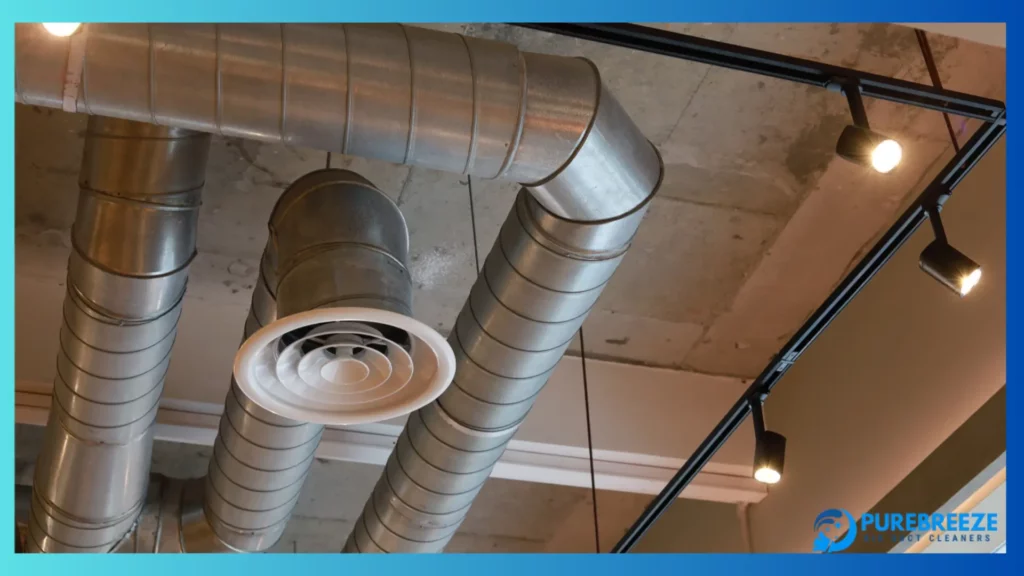Indoor air quality plays a significant role in maintaining a healthy living environment, yet it is often overlooked when assessing home maintenance needs. Pollutants like dust, mold, and allergens can accumulate over time, particularly in aging ductwork, contributing to poor air quality. Recognizing the signs of declining air quality is key to identifying when components of your HVAC system, such as air ducts, may require air duct replacement.
Common Contributors to Poor Air Quality
Poor indoor air quality often stems from a combination of factors, including insufficient ventilation, external pollutants entering the home, and unmaintained duct systems. Older air ducts are particularly prone to harboring contaminants like dirt, pollen, and pet dander, which circulate through the HVAC system every time it operates. Leaks or cracks in ductwork can further exacerbate these issues, allowing additional pollutants to infiltrate the system and diminish air quality.
Detecting Health Indicators in Your Home
A decline in indoor air quality often manifests through noticeable health symptoms among occupants. Increased allergy flare-ups, respiratory issues, or frequent illnesses can signal a need to assess the condition of your air ducts. When the HVAC system cycles unclean air, it can contribute to a range of problems, including heightened sensitivities or asthma attacks. If these symptoms persist, it may be time to explore options like air duct replacement to resolve the root cause.
The Role of Duct Maintenance in System Efficiency
The efficiency of your HVAC system is directly tied to the cleanliness and functionality of your ductwork. Clogged or damaged ducts restrict airflow, forcing the system to consume more energy to maintain desired temperatures. This added strain not only raises utility costs but also reduces the lifespan of the HVAC system. Addressing duct-related inefficiencies promptly ensures better airflow, improved air quality, and a more energy-efficient home.
Long-Term Benefits of Enhanced Air Quality
Investing in modern duct systems can dramatically improve indoor air quality and the overall performance of your HVAC system. Updated ductwork minimizes the accumulation of contaminants and prevents energy loss, creating a healthier environment while reducing operational costs. Homeowners who prioritize air duct replacement when needed often experience fewer health concerns, consistent temperatures, and long-term savings.
Understanding the connection between indoor air quality and the need for air duct replacement is essential for creating a healthier, more comfortable home. By recognizing warning signs and addressing ductwork concerns, you can take proactive steps to enhance air quality and ensure the efficiency of your HVAC system.
Learn more about air duct replacement:
Why Increasing Energy Bills Can Signal the Need for Air Duct Replacement
How Old Ductwork Affects the Performance of Your HVAC System

